
Friday, November 30, 2018
Study resolves fine details of how microscopic machines can fail in the blink of an eye
Brilliant iron molecule could provide cheaper solar energy

X-rays reveal the workings of batteries
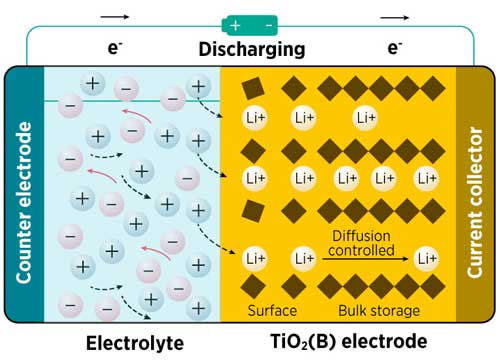
More sensitive MRI diagnostics thanks to innovative 'elastic' contrast media
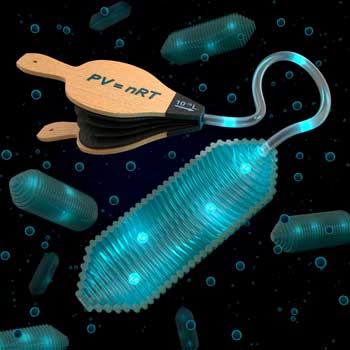
Surface of ultra-smooth nanomaterial steeper than Austrian Alps

Atomic nitrogen route to new 2D semiconductors

On the cusp of valleytronics

Probing structural changes in electroactive self-assembled monolayers

Thursday, November 29, 2018
Light triggers gold nanoparticles in unexpected way

Quickly capture tiny particles reacting

Bandage with wearable nanogenerator promotes powerful healing

Artificial magnetic field produces exotic behavior in graphene sheets

Switching identities: Revolutionary insulator-like material also conducts electricity

With these nanoparticles, a simple urine test could diagnose bacterial pneumonia
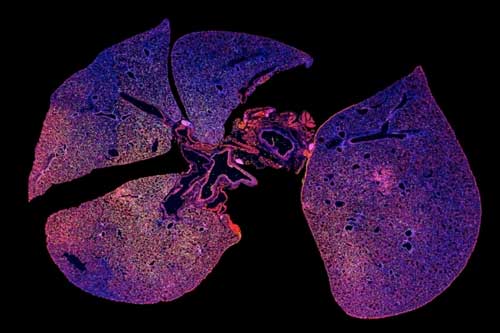
Potential nanocarrier arthritis treatment prevents cartilage breakdown
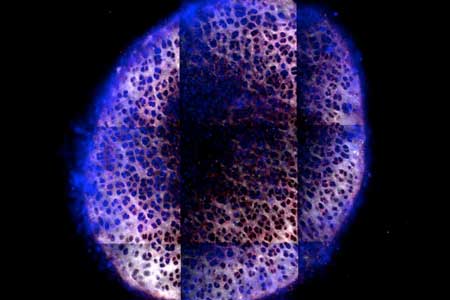
New gold nanoparticle catalyst produces cheap hydrogen

Big results from small solutions: new method for analyzing metalloproteins

Adding graphene to jute fibres could give natural alternative to man-made materials

Researchers remove silicon contamination from graphene to double its performance

Wednesday, November 28, 2018
New device widens light beams by 400 times

Flexible electronic skin aids human-machine interactions

Gold nanoparticle microsecond tracking with atomic-level localization precision

Nanoscale blood test technique set to springboard cancer discoveries
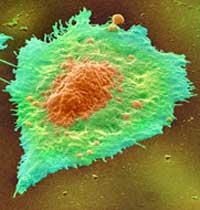
Interfacial electronic state improving hydrogen storage capacity in Pd-MOF materials

A golden age for particle analysis

Tuesday, November 27, 2018
New color technology can replace environmentally unfriendly paints and other coatings - also in art

Researchers weigh whole virus capsids and extend reach of mass spectrometry with nanomechanical sensors

Using fine-tuning for record-breaking solar cell performance

Disordered materials could be hardest, most heat-tolerant carbides

Monday, November 26, 2018
Simulations suggest graphene can stretch to be a tunable ion filter

Crystallinity reduces resistance in all-solid-state batteries
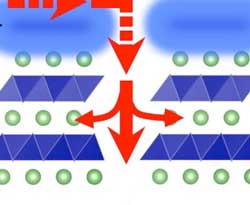
Draw-your-own electrodes set to speed up development of micro detection devices

Living electrodes with bacteria and organic electronics

A starch and graphene hydrogel geared towards electrodes for brain implants

Faster-charging, safer batteries

Laser-driven electron accelerator fits on a microchip

Thermoelectric cooling gets fit for microtechnology

Racing electrons in graphene under control
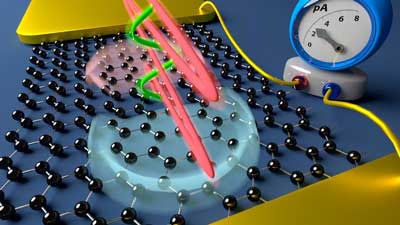
Environment turns molecule into a switch for spintronics

Molecules that self-assemble into monolayers for efficient perovskite solar cells
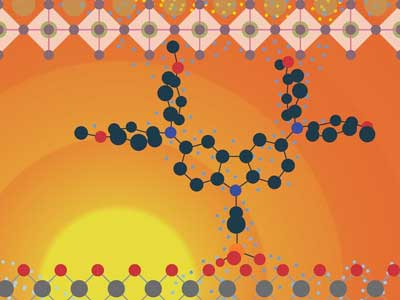
Friday, November 23, 2018
Building better batteries by borrowing from biology

Thursday, November 22, 2018
Gate switching of ultrafast upconverted photoluminescence from monolayer graphene

Spotting nature's own evolution of quantum tricks could transform quantum technology

Topological insulating phase predicted in a new type of material

Wednesday, November 21, 2018
DNA Origami full of potent anticancer agents

Scientists develop enzymes with remote control

Alginate-graphene oxide hydrogels as smart biomedical materials

Physicists study the influence of magnetic field inhomogeneity on the properties of thin-film structures

2D-spectroscopy provides new insight into molecular processes

Atom-by-atom construction of an artificial molecule

Subscribe to:
Posts (Atom)
